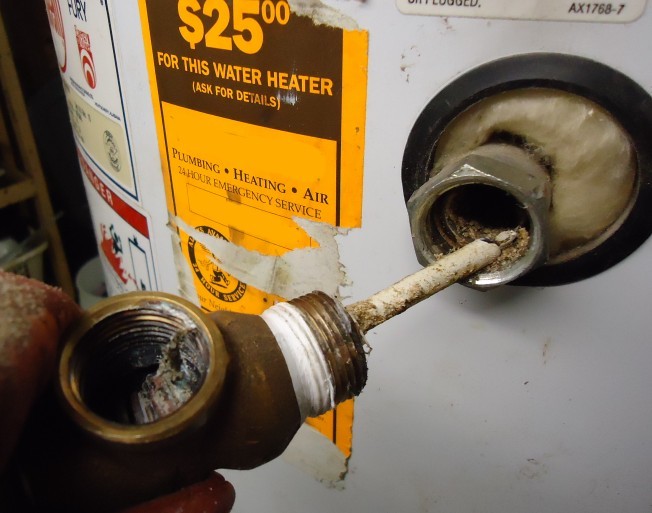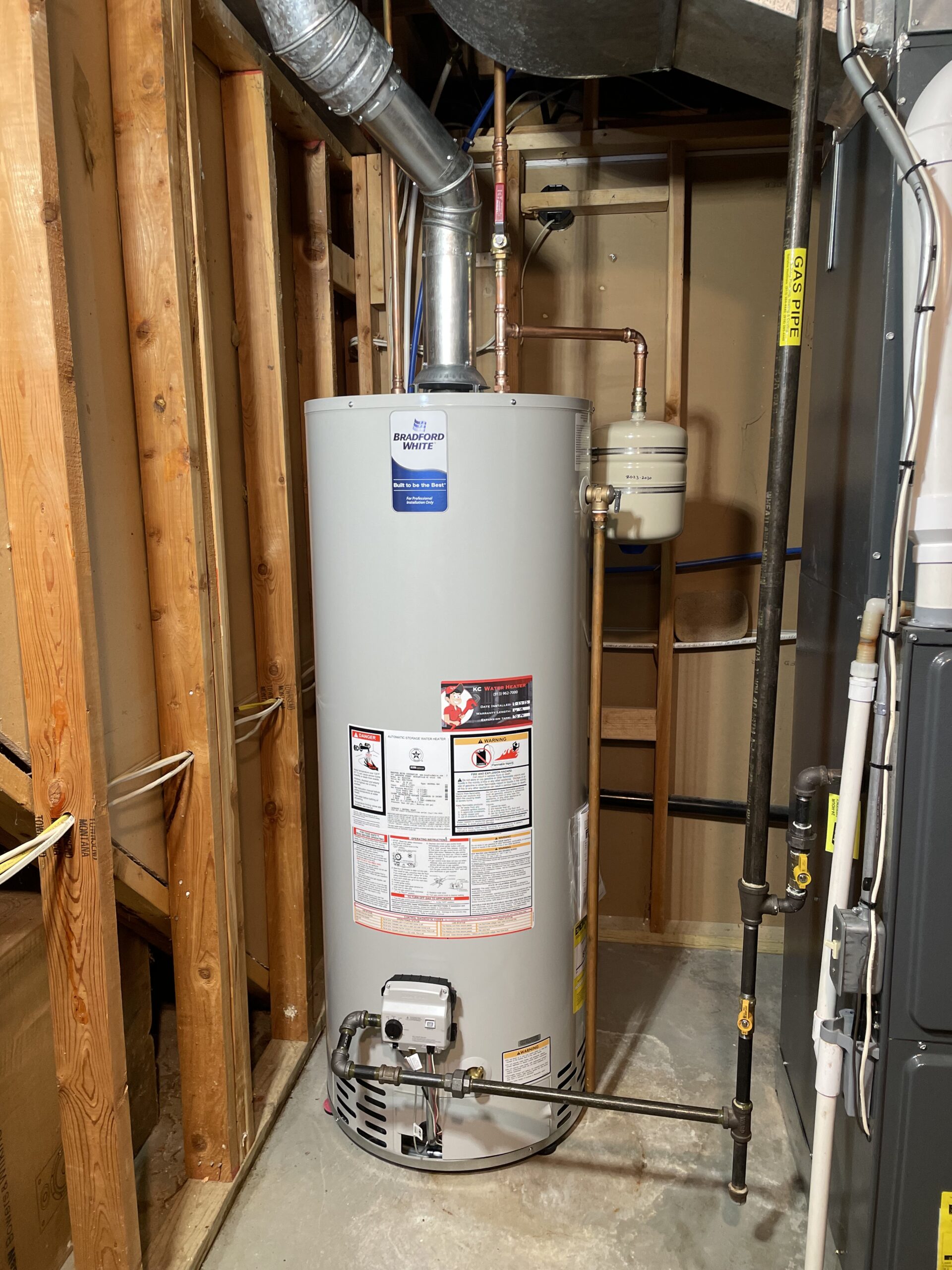Best Practices for Maintaining Your Home's Hot Water System
Best Practices for Maintaining Your Home's Hot Water System
Blog Article
The article author is making a few great observations about Tips For Maintaining Your Hot Water Heater as a whole in this article further down.

Warm water is vital for daily convenience, whether it's for a revitalizing shower or washing dishes. To guarantee your warm water system runs effectively and lasts longer, normal upkeep is essential. This article gives functional suggestions and insights on exactly how to maintain your home's warm water system to prevent disruptions and pricey repair services.
Introduction
Keeping your home's hot water system may seem challenging, however with a few straightforward actions, you can ensure it runs efficiently for years ahead. This overview covers whatever from comprehending your hot water system to DIY maintenance tips and knowing when to employ professional assistance.
Relevance of Preserving Your Hot Water System
Regular upkeep not only extends the lifespan of your warm water system however likewise guarantees it operates successfully. Overlooking upkeep can bring about lowered performance, greater power costs, and even early failing of the system.
Indicators Your Warm Water System Requirements Maintenance
Knowing when your hot water system needs interest can avoid significant concerns. Keep an eye out for signs such as irregular water temperature level, strange noises from the heating system, or corroded water.
Recognizing Your Hot Water System
Before diving into maintenance tasks, it's practical to understand the basic elements of your hot water system. Commonly, this includes the water heater itself, pipelines, anode rods, and temperature level controls.
Monthly Maintenance Tasks
Normal month-to-month checks can help catch minor problems prior to they rise.
Flushing the Water Heater
Flushing your hot water heater gets rid of debris buildup, improving effectiveness and lengthening its life.
Monitoring and Replacing Anode Rods
Anode rods avoid deterioration inside the container. Inspecting and replacing them when worn is vital.
Evaluating and Adjusting Temperature Settings
Adjusting the temperature settings makes sure optimum efficiency and safety and security.
Do It Yourself Tips for Upkeep
You can perform several maintenance tasks on your own to maintain your warm water system in top problem.
Checking for Leakages
Regularly check pipes and links for leaks, as these can lead to water damage and higher costs.
Examining Stress Alleviation Valves
Testing the stress safety valve guarantees it works correctly and prevents excessive stress accumulation.
Protecting Pipes
Insulating hot water pipelines lowers warmth loss and can conserve energy.
When to Call a Professional
While do it yourself upkeep is useful, some issues require specialist experience.
Facility Problems Requiring Specialist Help
Instances consist of major leaks, electric issues, or if your water heater is constantly underperforming.
Routine Professional Maintenance Advantages
Specialist maintenance can include extensive assessments, tune-ups, and making sure conformity with security requirements.
Conclusion
Normal maintenance of your home's warm water system is important for performance, durability, and price savings. By adhering to these suggestions and knowing when to look for specialist assistance, you can ensure a trusted supply of hot water without unanticipated interruptions.
How to Maintain an Instant Hot Water Heater
Before tinkering with your hot water heater, make sure that it’s not powered on. You also have to turn off the main circuit breaker and shut off the main gas line to prevent accidents. Also turn off the water valves connected to your unit to prevent water from flowing into and out of the appliance. 2. When you’re done, you have to detach the purge valves’ caps. These look like the letter “T†and are situated on either side of the water valves. Doing so will release any pressure that has accumulated inside the valves while at the same time avoid hot water from shooting out and burning your skin. 3. When the purge valves’ caps are removed, you have to connect your hosing lines to the valves. Your unit should have come with three hoses but if it didn’t, you can purchase these things from any hardware or home repair shops. You can also get them from retail stores that sell water heating systems. Read the user’s manual and follow it to complete this task properly. When the hosing lines are connected, open the purge port’s valves. 4. You should never use harsh chemical cleaners or solutions when cleaning your unit. Make use of white vinegar instead. It should be undiluted and you’ll probably use about 2 gallons. 5. Now flush your water heater. This task should probably take about 40 minutes. We can’t give you specific directions for this because the procedure is carried out depending on the type, model and brand of your heater. With that being said, refer to the user’s manual. 6. When you’re done draining the unit, you have to turn off the purge port valves again. Remove the hosing lines that you earlier installed on each of the water valves. Put the valve caps (purge port) back in their respective places and be very careful so as not to damage the rubber discs that are found inside these caps. 7. Now that everything’s back in place, check your user’s manual again to find out how to reactivate your water heating system. 8. Once it is working, turn one of your hot water faucets on just to let air pass through the heater’s water supply pipes. Leave the tap on until water flows smoothly out of it. https://www.orrplumbing.com/blog/2014/september/how-to-maintain-an-instant-hot-water-heater/

I stumbled upon that article about How to Maintain Your Water Heater & Prolong its Life when doing a lookup on the search engines. Do you know about somebody who is enthusiastic about the subject? Feel free to share it. We appreciate reading our article about Tips on Maintaining a Water Heater.
Schedule Service Pickup Report this page